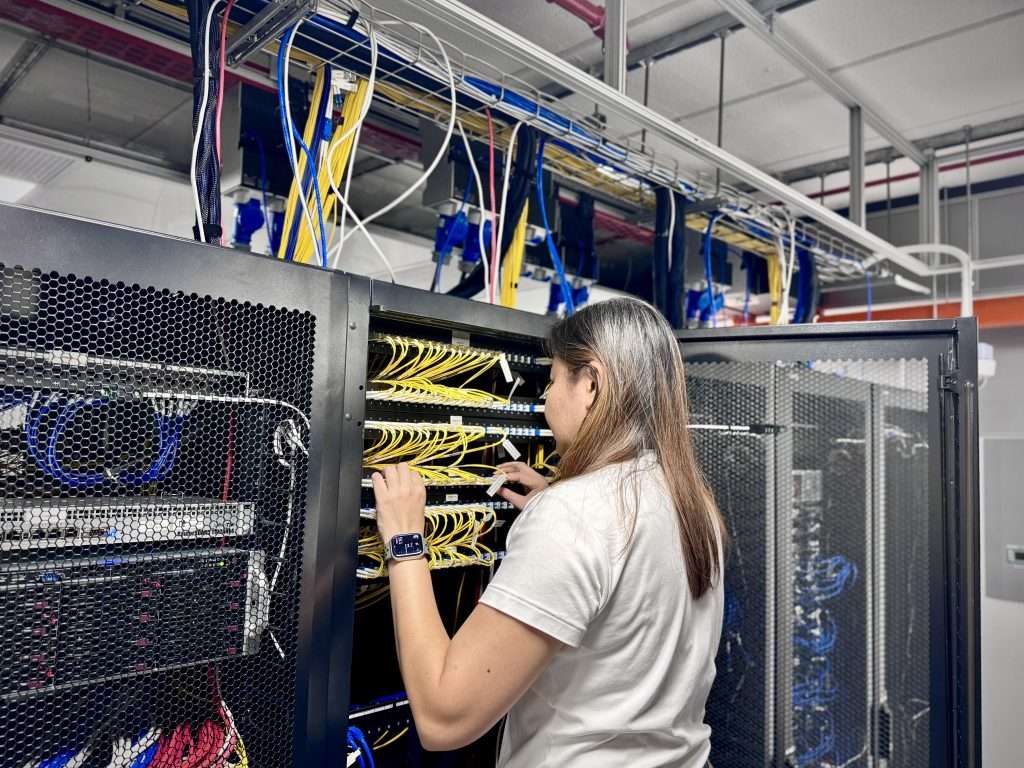If you’re reading this, chances are your business is on the cusp of something massive. You’ve successfully navigated the turbulent waters of startup life, you’ve outgrown your shared hosting playground, and your trusty Virtual Private Server (VPS) has been a reliable workhorse. That’s fantastic! But now, the world is knocking. Your traffic is spiking, you’re expanding into new geographical markets, and suddenly, that previously speedy website is starting to feel… sluggish.
So, the burning question is: when do you move from VPS to dedicated hosting for global growth? It’s not just a technical decision; it’s a critical strategic pivot. We’re talking about moving from a powerful shared apartment building to owning your own sprawling estate. It’s a big leap, and we need to make sure the timing is perfect to ensure your global ambitions aren’t tripped up by your infrastructure.
The Global Ambition: Why Your Current VPS Might Be a Bottleneck
When you start out, a VPS hosting server is the ideal middle-ground. It gives you dedicated resources virtually on a shared physical server, offering fantastic flexibility and control compared to standard shared hosting. It’s affordable, scalable to a point, and it gets the job done. But as your success compounds, especially as you look beyond domestic borders, those clever virtual boundaries start to feel like walls.
Understanding the Limits of Shared Resources
The core principle of a VPS is partitioning a physical server. While your VPS container is isolated, the underlying hardware—the actual motherboard, the network card, the cooling—is still shared. Think of it like a very nice, soundproofed condo building. Your apartment is private, but if everyone on your floor decides to throw a massive party simultaneously, the shared infrastructure (like the elevator or the main power supply) is going to feel the strain.
The “Noisy Neighbor” Problem: Shared CPU and RAM
This brings us to the infamous “noisy neighbor” problem. Even if your VPS host guarantees specific CPU cores and RAM, if another VPS on the same physical machine suddenly experiences a massive, unexpected traffic surge, it can subtly—or not-so-subtly—impact the overall performance of the shared machine’s resources, subsequently affecting your site’s response time. When your business model relies on a flawless user experience across multiple continents, small, unpredictable slowdowns are simply unacceptable.
The Telltale Signs: How to Spot VPS Strain
Your website’s performance metrics are effectively the vital signs of your digital business. You need to be a meticulous doctor, constantly monitoring for symptoms of strain. Are you seeing intermittent database connection errors? Are your peak load times causing customers in far-flung locations to complain about slow checkout pages? These aren’t minor glitches; they are flashing red signals that your current setup is reaching its limit and threatening your carefully nurtured global reputation. Ignoring them is like driving a race car with a sputtering engine—you just won’t win.
The Critical Transition Points: Metrics That Matter
The move to dedicated hosting shouldn’t be a gamble; it should be an inevitable, calculated business decision triggered by quantifiable data.
Performance Indicators That Demand an Upgrade
It’s time to get specific. Which numbers on your dashboard are telling you to upgrade?
Consistent High CPU and RAM Utilization
If your monitoring tools are constantly showing CPU usage in the 80-90% range, especially during non-peak times, your VPS is consistently maxed out. While you might be able to temporarily scale up your VPS, the fundamental constraint of sharing a physical chassis remains. High, sustained utilization is a clear sign that your application or website has outgrown the VPS architecture itself and needs a server all to itself to stretch its legs.
Plunging Page Load Speeds and High Latency
Are your international visitors experiencing frustratingly slow load times? Page load speed is not just a vanity metric; it directly impacts conversion rates and SEO rankings. If your site’s Time to First Byte (TTFB) is consistently poor, or if the latency increases dramatically when tested from multiple global locations, your server is struggling to process the volume of international requests effectively. Dedicated hosting offers the raw power to handle this global demand and, crucially, the ability to strategically place hardware closer to your core global markets.
Traffic Volume and Velocity: When Visitors Overwhelm
This is perhaps the most obvious trigger. If your unique visitor count has quadrupled in the last six months, or if you consistently experience predictable, massive traffic spikes (like during global product launches or major holiday sales), a dedicated server provides the robust, guaranteed power to handle these loads without flinching. Remember, for a global business, a crash during a peak event doesn’t just lose you a domestic sale—it tarnishes your brand image on an international stage.
Dedicated Hosting: The Arsenal for Global Scalability
Moving to a dedicated server is like getting your own private jet after flying commercial for years. The control, power, and customization are unparalleled.
Unfettered Power and Resources: The Full Server
With dedicated hosting, you get the entire physical server—all the CPU cores, all the RAM, all the storage—for your business and your business alone. There are no “noisy neighbors.” This raw, guaranteed power is essential for running demanding applications, managing massive databases (especially e-commerce or complex data analysis platforms), and ensuring lightning-fast performance for users everywhere. This is the infrastructure you need to confidently launch that new global campaign.
Enhanced Security and Compliance for International Reach
Global growth brings a raft of new legal and security responsibilities, from GDPR in Europe to various data localization laws. A VPS can be secured, of course, but a dedicated server gives you root access to the entire machine, allowing for a level of control that is indispensable when managing international data.
Customized Security Protocols and Audits
You can implement hyper-specific security measures, firewall rules, and intrusion detection systems tailored precisely to the compliance requirements of the countries you operate in. You own the server environment, which means you can easily undergo rigorous, external security audits required by international partners or regulatory bodies.
Geo-Specific Deployment and CDN Synergy
While a Content Delivery Network (CDN) is vital for global speed, a dedicated server acts as the ultimate origin server. With dedicated hosting, you can strategically locate your primary server closer to a major hub of your global audience, dramatically reducing initial latency. This powerful central hub works in perfect synergy with your CDN, pushing content out faster and more reliably to the edge nodes worldwide.
The Financial and Strategic Calculus: Is It Worth the Cost?
Yes, dedicated hosting costs more than VPS. It’s an investment, not an expense. You’re not just buying hardware; you’re buying guaranteed performance, global reliability, and, crucially, peace of mind.
ROI Justification: Weighing Uptime and Speed Against Expense
Consider the cost of a single hour of downtime during a peak trading window. What about the sales lost due to a two-second page load delay? For a scaling global business, the lost revenue and the damage to brand reputation from poor performance will quickly outweigh the difference in hosting costs. The return on investment (ROI) for dedicated hosting comes from its ability to support consistent, frictionless global transactions.
Making the Move: Planning for a Seamless Migration
The transition requires meticulous planning. Don’t try to manage it internally unless you have a veteran sysadmin team. Use your hosting provider’s migration services or hire a specialized consultant. The key is to schedule the move during a period of minimal traffic and conduct extensive pre- and post-migration testing to ensure zero disruption to your international user base. Remember, a successful migration is one that your customers never even notice.
Making the Leap to Unstoppable Global Growth
The decision to move from VPS to dedicated hosting is the final step in establishing your digital infrastructure as a world-class platform. It’s the moment you stop hoping your server can handle the load and start knowing it can. When the whispers of the “noisy neighbor” become audible, when your CPU is perpetually near its ceiling, and when your global ambitions demand nothing less than guaranteed, unbridled power, it is time. Embrace the power of dedicated hosting; it is the robust, secure, and unwavering foundation upon which your unstoppable global growth will be built.





